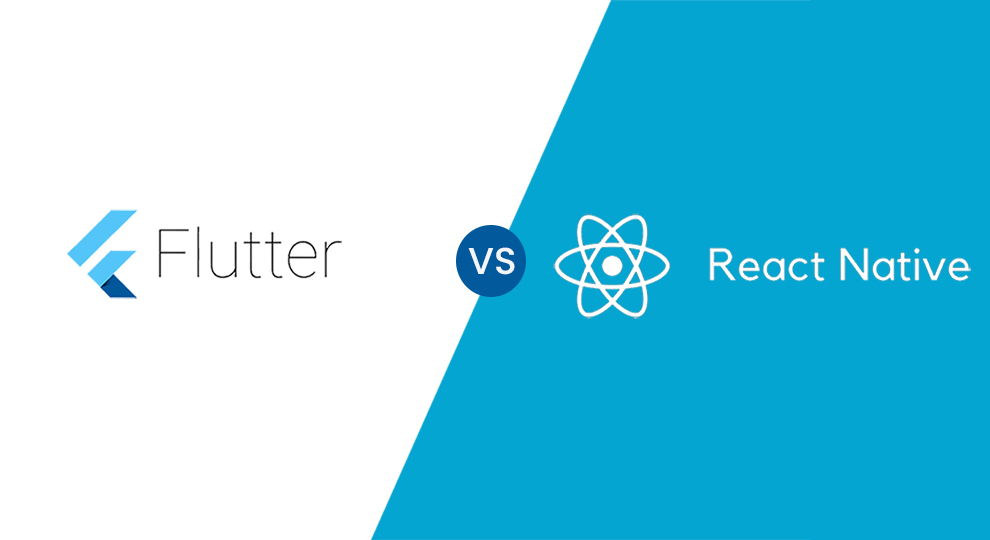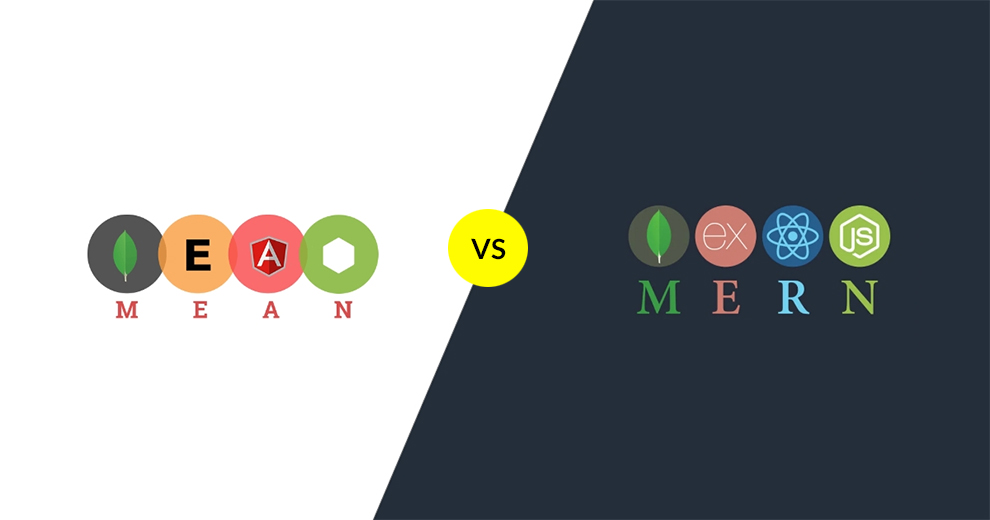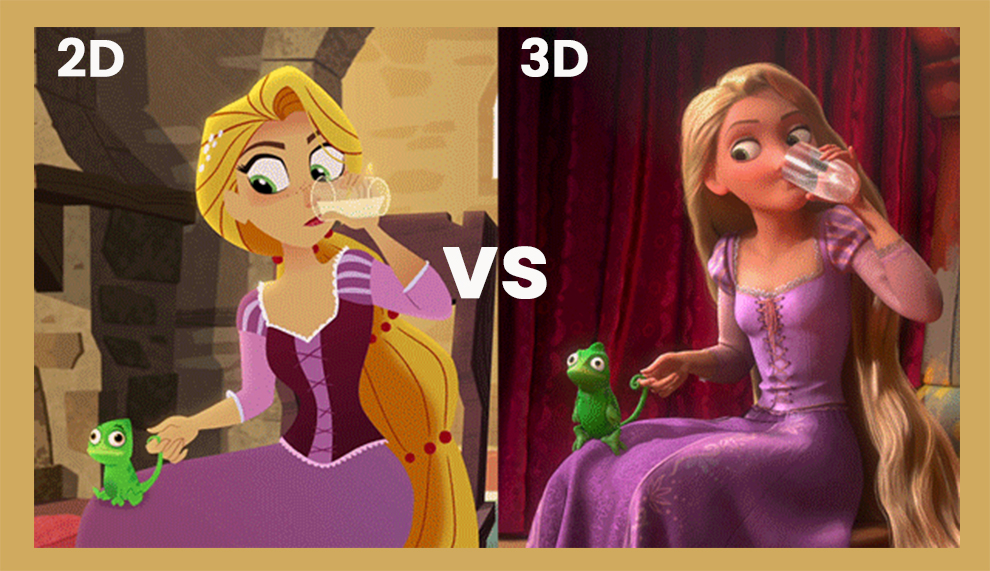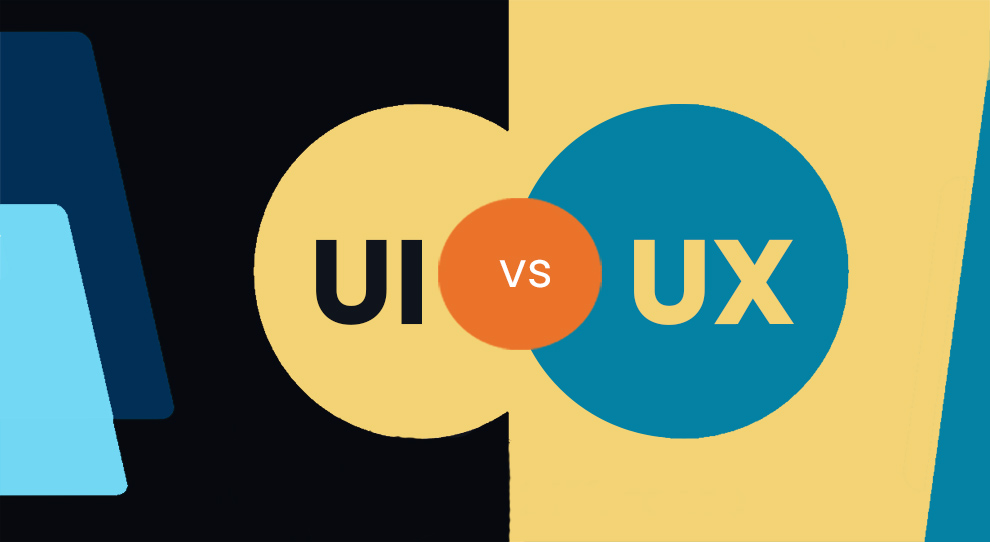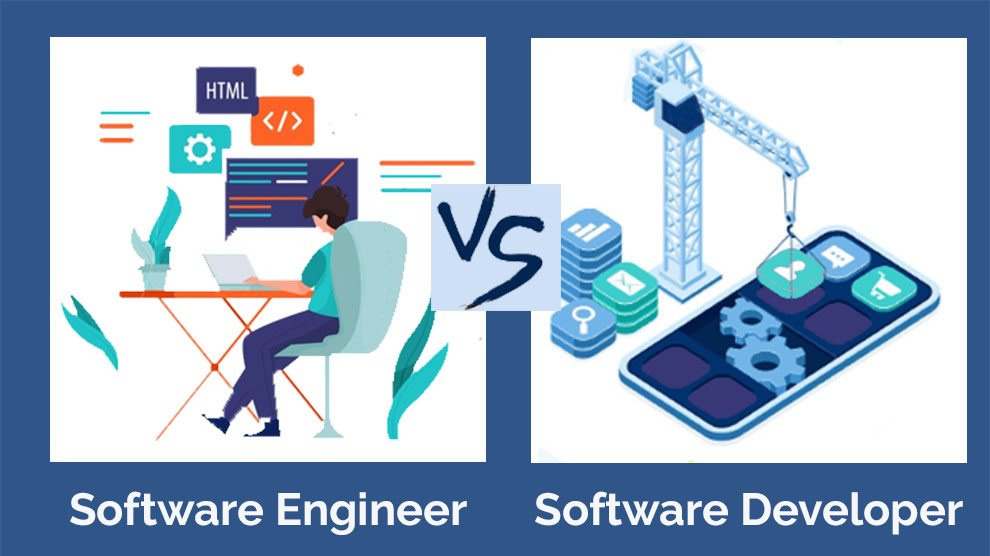Both React Native and Flutter have their own utility and learning curve involved. But in no way it means that a more recent framework i.e. Flutter will completely be able to replace React Native.
In the last couple of years, there has been a surge in mobile app development. The latest communication methods and the new lifestyle have further amplified the demand for mobile apps. However, to build a mobile application for Android and iOS, you will need two teams with different skill sets.
One primary difference between Flutter vs React Native is in the programming languages these frameworks use. Flutter employs the Dart programming language, whereas React Native employs JSX (JavaScript + special markup language). You will also find a difference in their architecture and many other things discussed below.
Flutter utilizes Skia, the 2D graphic rendering library, whereas React Native employs the Flux architecture that allows JavaScript bridging and lets the Native code and JavaScript interact with each other. Sadly, you will not find any programming bridge in Flutter.
Though both have excellent documentation guides, when we compare Flutter and React Native documentation, we discover that the former is relatively more structured and organized. React Native’s documentation depends on a third party and is poorly structured.
Flutter installation requires downloading the binary from GitHub and setting up the environment variables on the system. However, you can install React Native with the node package manager via a single command on the terminal.
Flutter depends on the widgets for personalization, but React uses third-party components. Hence, you get better compatibility with Flutter. The 3D support is better in React Native than in Flutter.
But with a reliable cross-platform mobile app development framework, you can develop an app for both platforms with a uniform codebase. Two of the best cross-platform mobile app platforms include React Native by Facebook and Flutter by Google.
However, deploying an application on Play Store and App Store is vital for every business. Choosing the right technology stack and shipping in the app market are the two pivotal steps you must take wisely.
But when we discuss these two platforms, finding a suitable fit for your project is tricky because you cannot decide which one to choose between Flutter and React Native. Well, it is time to end the debate as we review them and help you make an informed choice.
Which Is Better, Flutter or React Native?
| Attribute | Flutter | React Native |
| Programming language | Dart programming language | JavaScript |
| Architecture | It is a comprehensive SDK that employs the Flutter Engine and Dart framework for development. | It employs the Flux architecture from FB to compile JavaScript code to native code. |
| Installation | Easy to install | Challenging and needs a background in JavaScript |
| Documentation | Better documentation | Complex documentation |
| Components | Different components for its tasks like stateful management, testing, navigation, etc | Depends on third-party libraries |
| Community | Surging in popularity amongst the developer communities | Has been around since 2015 and is popular amongst developers around the globe |
| Testing | Rich in testing features | Depends on third-party tools |
| CI or CD support | Detailed section for easy linking to external resources and setting up the pipelines easily | No official documentation on setting up CI/CD pipelines for deployment. |
What Is React Native?
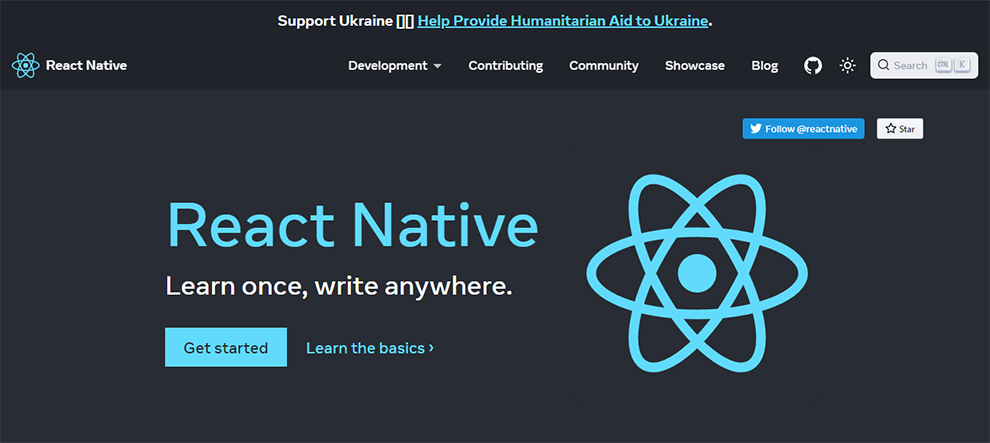
React is one of the most popular cross-platforming frameworks for building mobile and web apps. Designed by Facebook engineers, it employs JavaScript to undertake the programming side of things. Uber Eats, Pinterest, Facebook, Tesla, Walmart, and Instagram are all built on React Native.
React Native is complementary to React and has the ability to create native applications more seamlessly. It has an array of perks, and one vital thing to note is React Native has all the pros of React and many more.
Overall, it offers a means to compile the native app components and create native mobile applications. It is growing in popularity, and today many developers opt for it over other alternatives.
| Pros | Cons |
|
|
What Is Flutter?
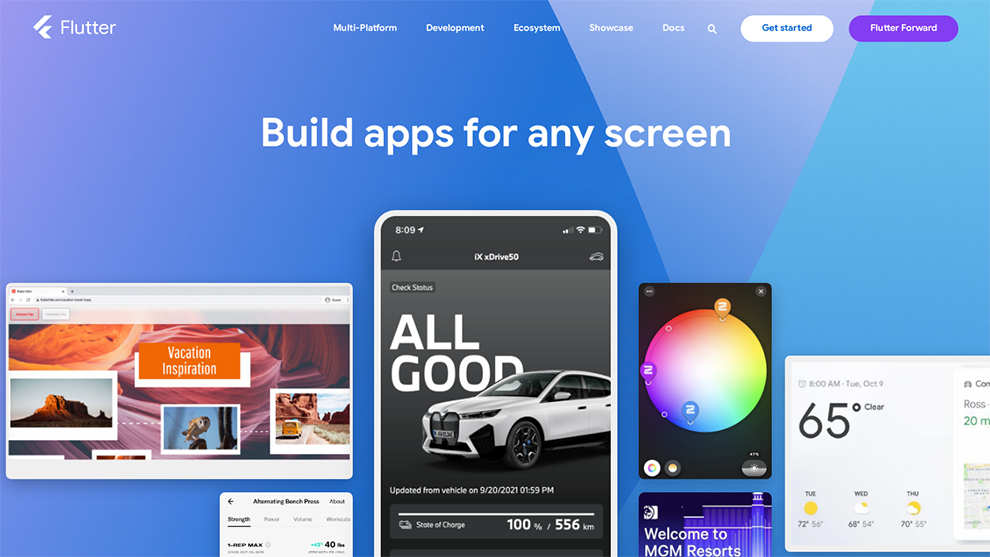
Developed by Google, Flutter is another popular cross-platform framework. It was initially released in May 2017 and continues to grow rapidly. Today, it is hugely popular amongst developers.
Between React Native vs Flutter, with Flutter, you can build a cross-platform app with a single codebase, which makes it immensely popular as you do not have to design separate apps for the desktop, mobile, and app. Flutter has one single tool that allows you to develop apps effortlessly.
It is an open-source and free platform. Thus, it is ideal for students on a budget. Flutter does not compromise on performance, quality, and speed and helps you create fantastic apps within one codebase.
It comprises the framework created with Dart, and the rendering engine is crafted in C++. Hence, the apps designed with Flutter are easier to navigate and more intuitive. You can learn Flutter with these classes online.
| Pros | Cons |
|
|
Related: Flutter Vs Kotlin | Flutter Vs React | |Flutter Vs Xamarin |Flutter Vs Native |Flutter Vs Swift
Difference Between Flutter and React Native
Now, let us get to the detailed comparison between these two cross-platform applications to help you make an informed choice.
A. Learning Curve
The flutter learning curve is steeper than React Native. But you can learn both these frameworks within a reasonable time frame.
JavaScript is the language of React Native. So, anyone who knows how to write JavaScript can learn to employ this framework. However, it is not the same as developing web apps. So, if you are a mobile developer, you will still need effort and time to get well-versed in things, which will take some time.
Fortunately, React Native is straightforward to learn, even for newbies. You get abundant resources online and offline. They also have guides, learning resources, FAQs, and documentation on the website.
On the contrary, the learning curve of Flutter is a little steeper. You have to be well-versed in some basic iOS and Android development concepts. In addition, Flutter also demands an knowledge of Kotlin or Java for Android and Swift or Object-C for iOS.
It can be somewhat challenging if you are used to employing the new languages sans generics and type casts. But once you have learned to use it, it can amplify the development process. But Flutter offers excellent documentation of the APIs you can use for reference. However, since the framework is new, some information might not be updated.
So, React Native or Flutter? The former is easier to learn, choose wisely.
B. Programming language: dynamic vs static programming
Dart (Flutter) is static and dynamic, whereas JavaScript (React Native) is a dynamically typed language. Since JS performs checking at runtime, it is relatively safer than Flutter.
Broadly, there are two main differences between static and dynamic typing. When writing the transformation scripts, you must be aware of them. Languages written dynamically perform the type checking at runtime, whereas the static ones do it at the time of compilation.
React Native utilizes JavaScript, a dynamically typed language, whereas Flutter employs Dart, a statically typed language. With its runtime checks and static, Dart has a sound type system, ensuring that an expression of one type cannot yield a value of another type. So, is Flutter better than React Native? Unfortunately, no! React Native is safer than Flutter.
C. Device compatibility
Flutter offers more compatibility.
Flutter depends on the personalization of the widgets, but React Native utilizes third-party customization components. Hence, you can expect better compatibility with Flutter. Also, Flutter development is built solely on widgets, but Reactive Native employs JSX.
D. Framework architecture
Flutter utilizes the Skia architecture, and React Native employs the Flux architecture.
BLoC architecture employed by Flutter has been around for some time in the community. It has three main benefits – It is powerful, testable, and straightforward.
The primary principle for this architecture is to develop complex products from simple blocks. BLoC can lower the time for senior developers to get well-versed in the project. It is particularly beneficial when working on commercial projects with shorter deadlines.
Flux employs JavaScript as the programming language bridge for running the codes. It reduces the app rendering time, which is a pivotal low for Flux, if you compare Flutter or React Native, architectures.
E. Documentation
Since Flutter has better documentation, it is superior to React Native.
React Native is robust. Hence, it is easier to use by developers who have an experience with JavaScript. For instance, vital features like navigation demand better documentation. But with React Native, it can be challenging to find information about building native libraries.
On the contrary, Flutter has well-organized documentation. It offers an in-depth guide via graphics and video format. One of the standout attributes of Flutter is that it also has multiple tools, such as a debugger and Flutter inspector, which can streamline the mobile app development process.
F. Performance
Flutter has an edge in performance.
React Native employs JavaScript to connect to the native components through a bridge. Consequently, the running time and development speed are slower than Flutter. On the contrary, Flutter has no interconnecting bridge to initiate interactions with the device’s native features.
Thus, interactions with native components are quicker. It amplifies the overall application performance. Thus, Flutter is a clear winner in React Native vs Flutter performance comparison.
G. Popularity
As per the 2020 statistics, forty-two percent of developers opted for React Native for building apps, whereas Flutter was a choice for 39 percent of users.
React Native is a hugely popular app development platform than Flutter. It makes it easier for developers to build React Native mobile apps, which allows more developers to employ this framework.
On the contrary, Flutter is a newer platform, but it has gained traction lately. However, comparing Flutter vs React Native in developer count, the former lags behind. As Dart is a newer language, the adoption rate amongst developers is somewhat lesser.
H. Jobs
As per the Stack Overflow survey, 62.5 percent of the developers appreciated and liked React Native. On the contrary, Flutter was loved by 65.4 percent of developers. Presently, job opportunities in React Native are more than in Flutter, but it might change in a few years.
React Native has been around longer than Flutter. It employs JavaScript and React and ensures better job opportunities. Flutter is relatively newer and is employed by lesser companies. Thus, there are fewer job opportunities in the field. But that may change a few years from now.
So, from a short-term perspective, if we compare React Native vs Flutter, we will say developers with React Native knowledge have a better chance of getting their dream job. But from the long-term perspective, we are sure the market for both will be equal, or Flutter may outdo React Native.
It’s kind of a tie here.
I. User-Interface
React Native components merge the blocks from a native user interface with JavaScript. It offers the app a native-like look and feels. The app’s appearance will be the same across both platforms by building the blocks for the same Android and iOS.
Why React Native is better than Flutter: React Native has native components for both iOS and Android devices. It provides an extensive selection of external user-interface kits, which enable you to build an attractive interface for your apps.
On the contrary, Flutter employs Avant-Garde structural, visual, platform, and engaging widgets. These widgets are designed in user-interface components that replace native platform components.
J. Salary
The cost of hiring a React Native developer is more than a Flutter developer.
On average, to get a Flutter developer on board, you will have to shell out $100000 per year. However, for a React Native developer, the amount will be around $108000 per year. So, if you are a React Native developer, you will command more compensation.
K. Project Size
The projects in React Native are more lightweight.
In all honesty, the difference in project size might not look like much of an advantage these days. However, if you consider a miniature wearable device, you will acknowledge how one has to be mindful of the available space usage.
Flutter Vs React Native Future – Will Flutter Replace React Native?
We do not think so!
The app quality in React Native is top-notch. So, we do not think that Flutter may replace React Native, but it will indeed thrive in the Google ecosystem. So, they will be competitors and arch-rivals even years from now.
Final Verdict – React Native Or Flutter, What’s Better?
So, with that, the comparison between these cross-platform apps comes to an end. We would conclude by saying there are no winners or losers. They both have their highs and lows.
Some developers say that Flutter is the future of mobile app development. But, React Native will continue to be relevant and content with the pros of the React-Native-based apps accessible in the market. Thus, the choice depends on your project specification and budget.
When must you use Flutter?
Opt for Flutter in the following scenarios:
- Iteration
- UI-centered applications
- Tighter development timelines
- Smaller budgets
When must you use React Native?
Opt for React Native in the following scenarios:
- Complex and big-budget projects
- Challenging cross-platform apps
- When you are a less experienced developer (good documentation support is available).
- Reusing code for desktop and mobile apps.

